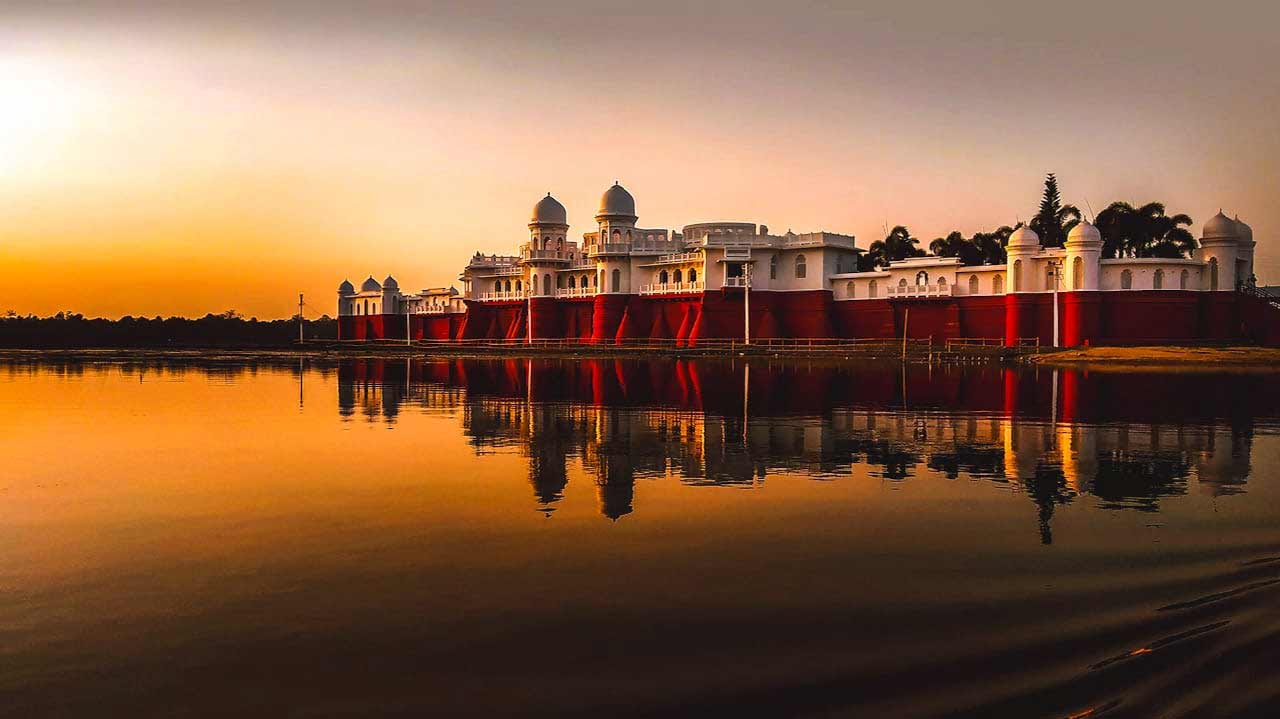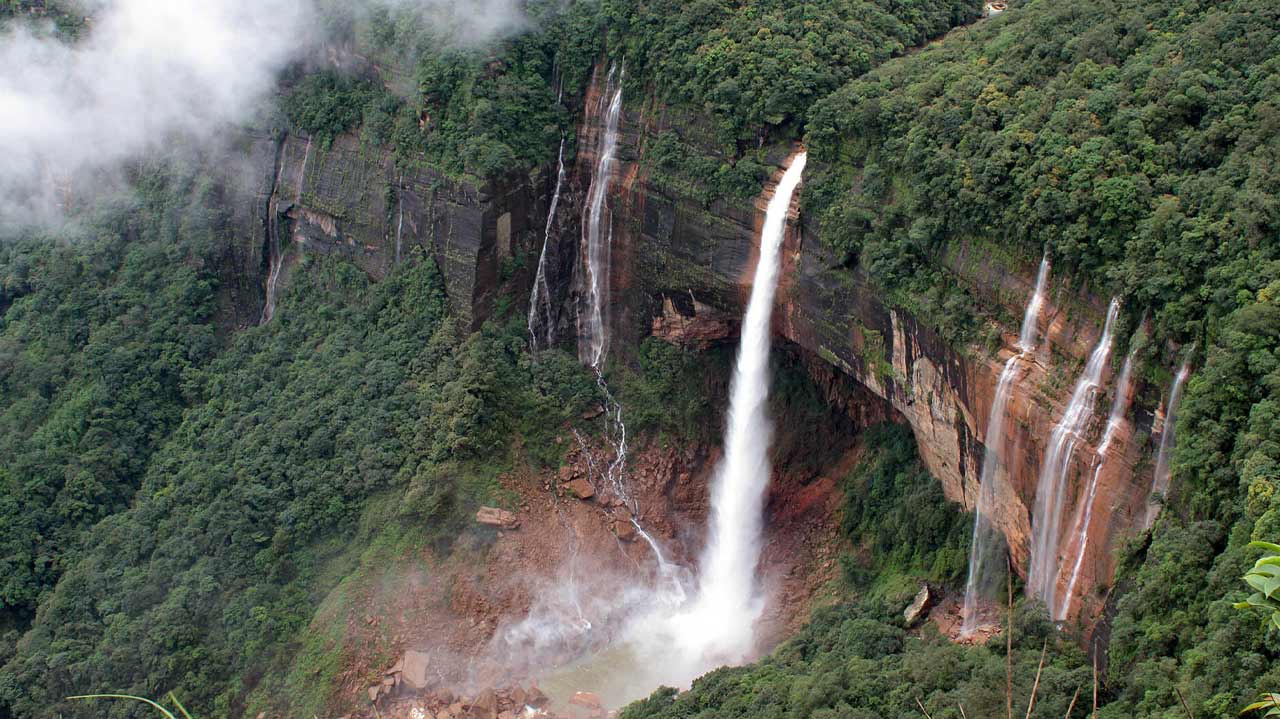
Tripura, Manipur, and Meghalaya Foundation Day 2025: Date, History, Significance, And More
India, renowned for its cultural diversity and rich history, marks several significant milestones in its journey toward unity and progress. One such momentous date is January 21, 1972, when Tripura, Manipur, and Meghalaya were granted full statehood under the North Eastern Areas Reorganisation Act, 1971. This historic day is celebrated as the Foundation Day of these three states. If this event sparks your interest, read on to learn more about its significance.
Tripura, Manipur, and Meghalaya Foundation Day: Date And History
The journey to statehood for Tripura, Manipur, and Meghalaya is deeply intertwined with the reorganisation of India’s northeastern region in the early 1970s. This transformation marked a pivotal chapter in the region’s history, leading to the formation of these states.
Manipur and Tripura: Initially princely states, they merged with India in 1949. They were granted Union Territory status in 1956 but aspired for full statehood, which was finally achieved on January 21, 1972.
Meghalaya: Once a part of Assam, Meghalaya gained autonomy through the Assam Reorganisation (Meghalaya) Act of 1969 and attained full statehood in 1972.
The constitutional framework for this significant transition was established by the North Eastern Areas Reorganisation Act, of 1971, which aimed to address the region’s distinct cultural, social, and administrative needs, as per Ladakh Government’s website.

On January 21, 1972, Tripura, Manipur, and Meghalaya officially became full-fledged states, and this day is celebrated annually as Tripura, Manipur, and Meghalaya Foundation Day. In 2025, we honour this milestone on the same date.
1
2
3
4
Tripura Manipur and Meghalaya Foundation Day 2025: Significance
The Tripura, Manipur, and Meghalaya Foundation Day 2025 will commemorate the 53rd anniversary of these northeastern states achieving statehood. This significant occasion will be celebrated with great enthusiasm and pride, highlighting their rich cultural diversity and remarkable achievements since their formation.
Each state will host cultural programmes, parades, and public gatherings, showcasing their unique traditions, heritage, and contributions to the nation’s progress.
About Tripura
Tripura spans approximately 10,491 square kilometres, sharing borders with Bangladesh (East Bengal) to the north, south, and west, and Assam and Mizoram to the east, as per the Tripura State Portal. The Hindu Bengali people constitute the majority of Tripura’s population, while indigenous communities, or Scheduled Tribes, account for about 30%. Among the 19 recognised tribes, those speaking the Kokborok language form the largest group.
About Manipur
Manipur, with its capital Imphal, is also known by other names like Kangleipak and Sanaleibak. It covers 22,327 square kilometres and is bordered by Nagaland to the north, Mizoram to the south, Assam to the west, and Myanmar (Burma) to the east. Its population of nearly 3 million includes diverse ethnic groups like Meetei, Kuki, Naga, and Pangal, who primarily speak Sino-Tibetan languages, as per Manipur Tourism.
Manipur was under British rule and officially merged with India when Maharaja Budhachandra signed the Treaty of Accession on September 21, 1949.

Don't Miss: Teens Developing Fear After Watching Violence on Social Media, Says Study: Psychologist Says What To Do
About Meghalaya
Meghalaya, meaning ‘the abode of clouds’ in Sanskrit, spans an area of about 22,430 square kilometres. It shares borders with the Bangladesh divisions of Mymensingh and Sylhet to the south, Rangpur to the west, and Assam to the east. Shillong, the state’s capital, is nestled in the Khasi Hills.
The primary languages spoken in Meghalaya include Khasi, Pnar, Garo, and English. Known as the wettest region in India, around 70% of Meghalaya is covered in lush forests.
Keep reading Herzindagi for more such stories.
Credits: Makemytrip/Tripura Tourism
Also watch this video
Herzindagi video
1
2
3
4